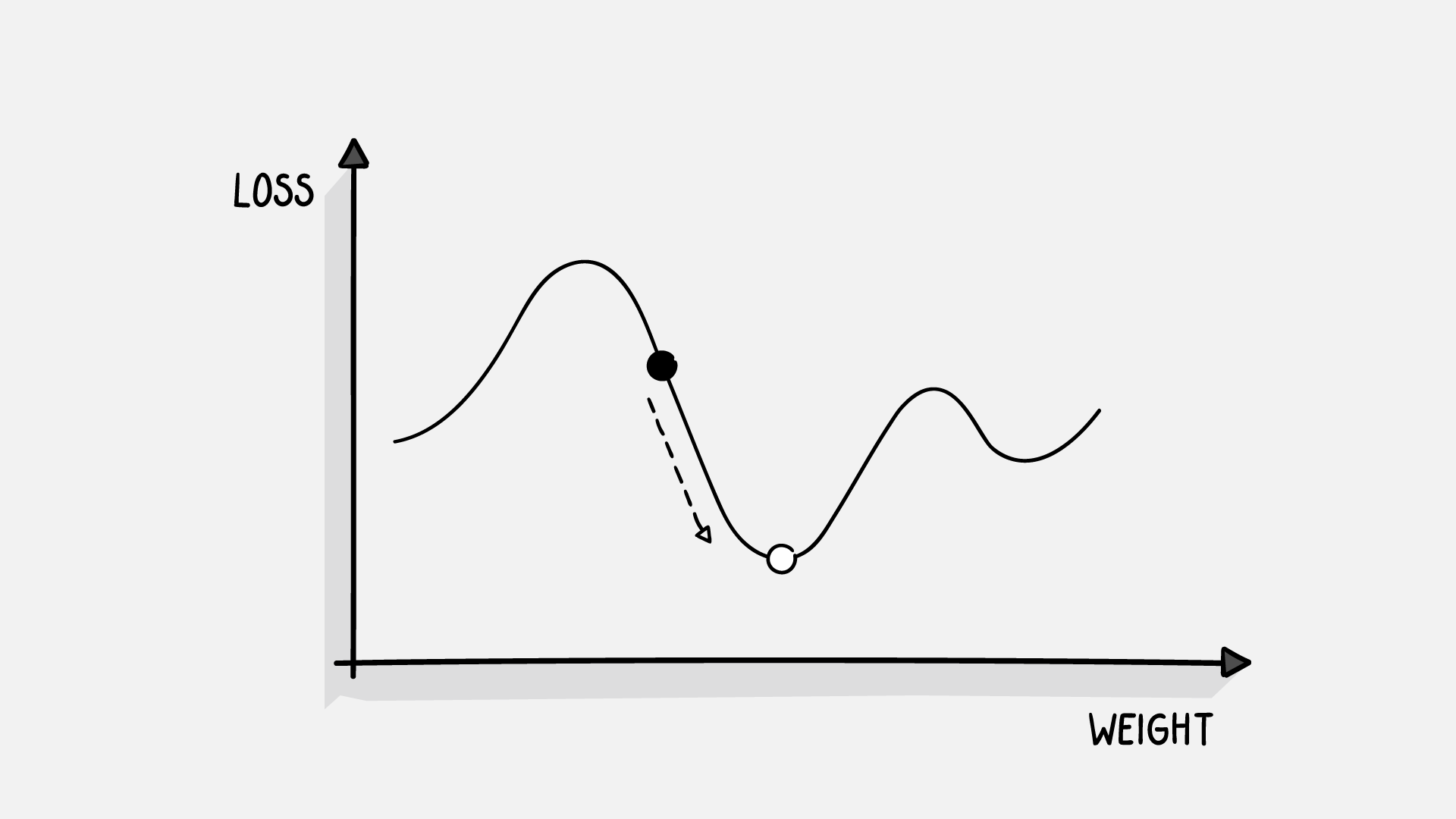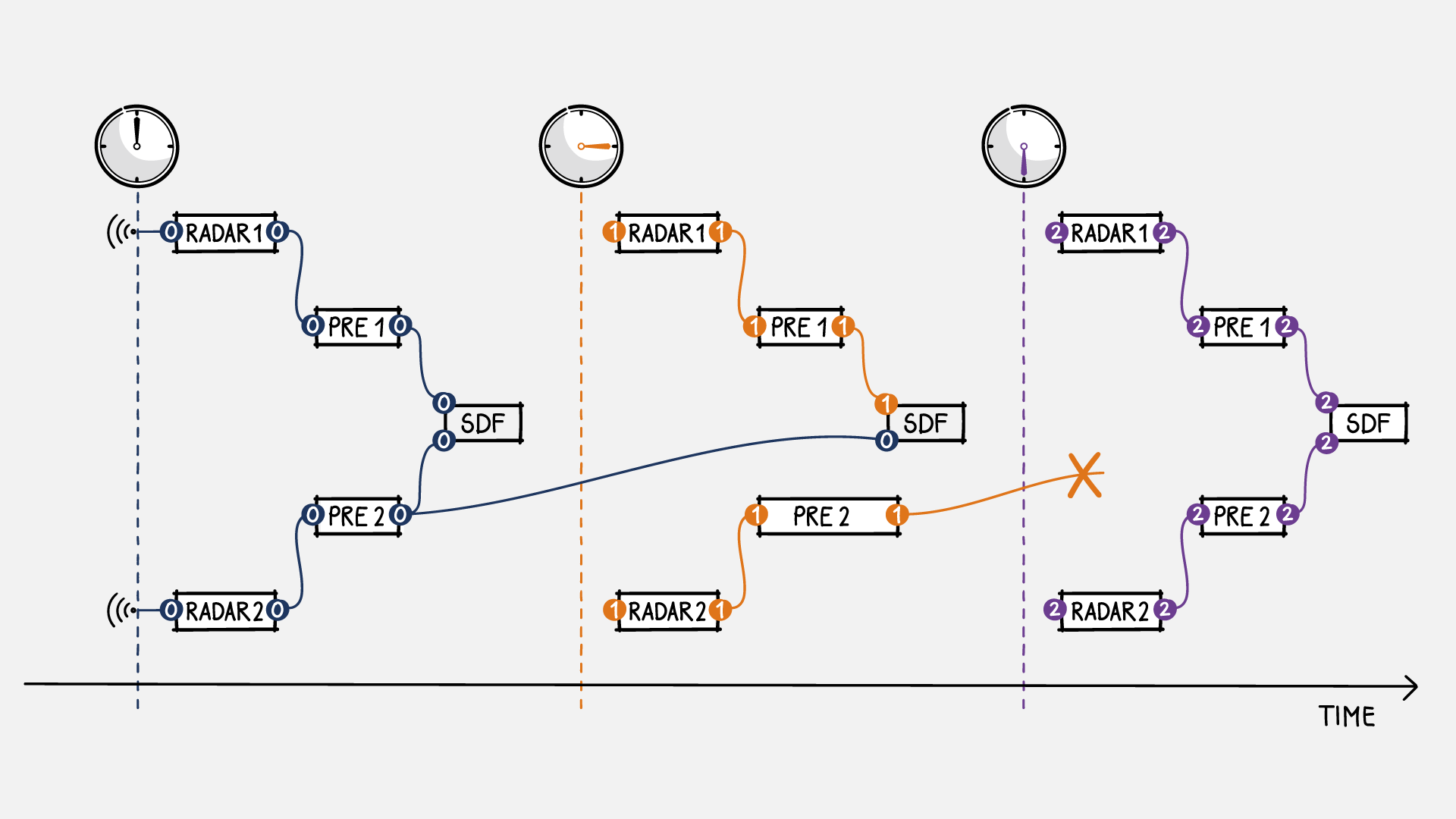Design Space Exploration and Optimization
Developing efficient, reliable and robust embedded real-time systems requires sensitivity analysis and optimization for a variety of architectural design decisions and run-time configuration options: for example the allocation of CPU and memory resources, the execution order of functions and their association with processes, and the assignment of scheduling parameters such as priority and offset. In addition, the objective function needs to consider hundreds or even thousands of interdependent real-time objectives to optimize the overall run-time behavior. For most systems, the sheer size of the design space that must be explored, prohibits a brute-force evaluation of all design parameter combinations.
Effective design space exploration can be realized using suitable search heuristics which follow a model-based approach and focus on the relevant aspects of the system to find feasible solutions efficiently. The basis for this is a sufficiently accurate timing model and a fast verification of timing requirements for a particular model configuration complemented by sensitivity analysis to ensure robustness.
Sensor Data Fusion in High Performance Domain Controllers
Sensor data fusion (SDF) algorithms for autonomous driving place strict requirements on the data age and synchronicity of input sensor signals. If the deviation between different environmental sensors such as radar, lidar or camera becomes too high, SDF algorithms start to fail in capturing a consistent state of the environment. For example, it might happen that objects in the field of observation are not recognized by all sensors or appear on different space-time coordinates.
There are several possible causes for this error to occur: different sampling rates of the various sensors; same sampling rate, but unsynchronized sampling times; and diverging signal latencies between the acquisition of sensor data and their processing by the SDF algorithm. Accordingly, the maximum tolerance for the deviation of sensor signals with regard to data age is a very important design constraint. In our experience, many optimization cycles, taking into account the influences of hardware and software, are required to obtain a reliable and robust SDF design.







